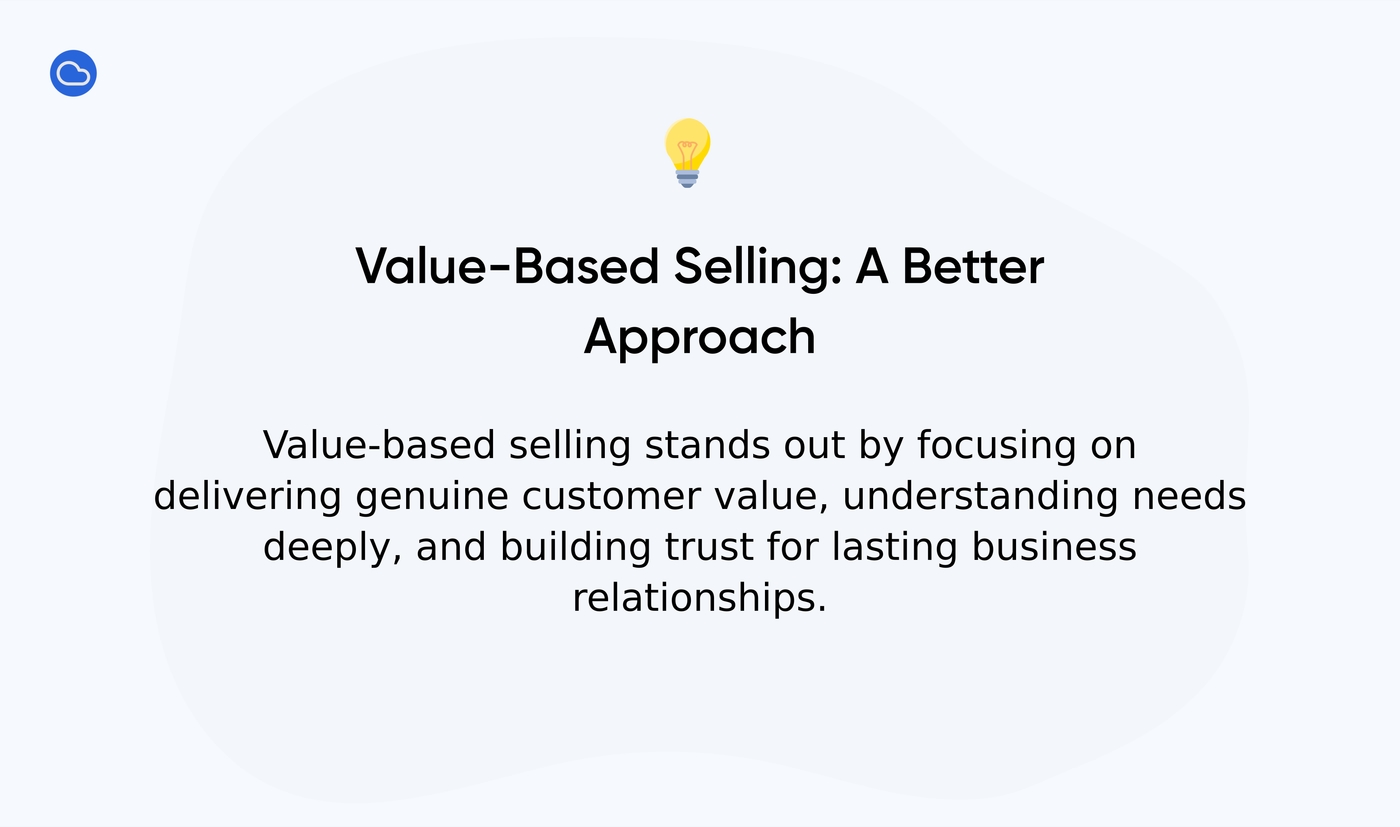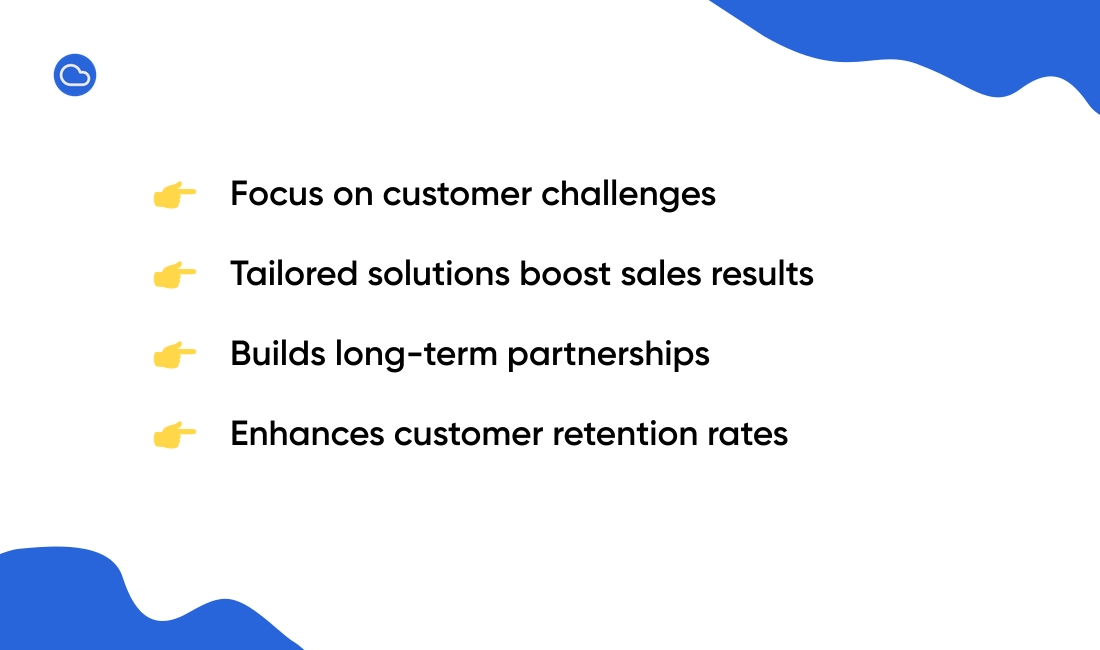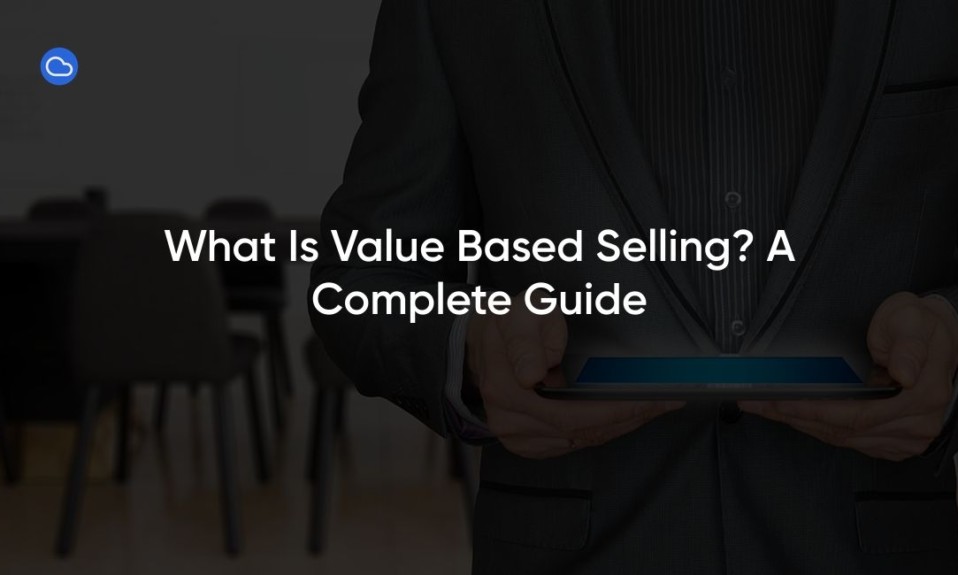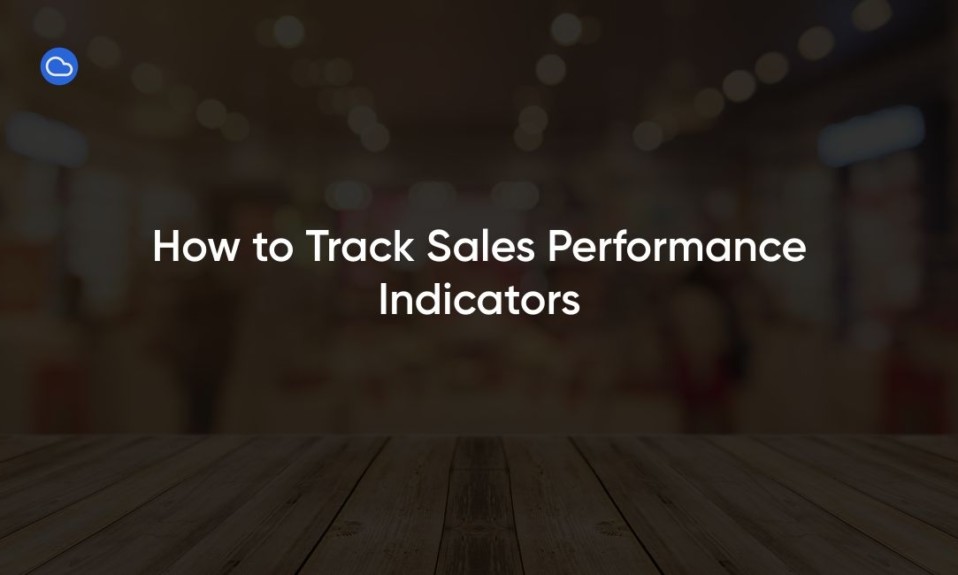Imagine losing a deal despite having the best product specs on the market.
That’s the reality for sales teams stuck in feature-focused pitches that ignore what customers truly need.
Value-based selling flips the script by aligning solutions with client priorities (think ROI, not just features).
You’ll learn how this strategy builds trust, addresses hidden challenges, and turns price negotiations into value conversations.
By the end, you’ll understand how to quantify business impact, tailor proposals to decision-makers, and create partnerships that outlast competitors.
What is value based selling?
Value based selling centers on delivering meaningful value during the entire buying journey. This approach goes beyond just highlighting product features.
It emphasizes understanding your customer’s unique needs and addressing their challenges with tailored solutions.
In practice, value based selling means taking the time to grasp what truly matters to your customers. You focus on building a relationship, ensuring that you provide solutions that resonate on a personal level.
Rather than simply pitching a product, you articulate how it solves specific pain points and enhances your customer’s experience. This fosters trust and positions you as a valued advisor.
The objective shifts from the mere act of selling to creating genuine customer value. This kind of selling not only improves sales outcomes but also develops long-term relationships that benefit both parties.
Have you considered how your sales approach might be missing opportunities to connect more deeply with prospects?
Key elements of value based selling
Understanding customer needs and challenges
Identifying specific customer pain points serves as the foundation for effective value based selling strategies.
When we take the time to truly understand what keeps our customers awake at night, we can create solutions that resonate deeply with their needs.
This approach shifts the focus from merely pitching products to genuinely addressing their challenges.
This customer-centric approach forms genuine connections. I remember working with a client who was struggling with employee retention – rather than jumping straight to our HR software pitch, we spent time understanding the root causes of their turnover issues.
Building your sales strategies around insights gathered from these interactions not only enhances your credibility but also cultivates trust.
Creating a dialogue around value creation allows you to position your offerings in a way that truly benefits the relationship, steering it towards lasting success.
Creating meaningful value propositions
Developing compelling value propositions requires a clear understanding of your customers’ challenges.
It’s vital to articulate how your solution directly addresses these needs while delivering tangible benefits. A well-crafted value proposition acts not only as a communication tool, but also as a guiding light throughout the sales process.
Start by engaging with your customers. This interaction uncovers their pain points and desired outcomes.
A simple conversation can lead to profound insights, shaping the value proposition into something truly reflective of what they seek. Emphasizing unique features that set your offering apart from others can resonate with potential clients.
Here are key elements of an effective value proposition:
-
Clear articulation of specific problems you solve
-
Quantifiable benefits (time saved, revenue increased, costs reduced)
-
Explanation of what makes your approach unique
-
Evidence or proof points that support your claims
Value propositions evolve. Regular feedback from customers ensures that your messaging remains relevant and impactful. This adaptability fosters trust and builds stronger relationships.
Building trust and credibility
Positioning yourself as a trusted advisor requires effort and genuine relationship-building.
Understanding what your customers really need is a great starting point. Listening to their concerns shows that you value their input. This approach fosters authentic connections where trust can thrive.
Being a reliable resource deepens your credibility. It’s not just about selling a product but providing solutions that genuinely help your clients.
When you offer insights or guidance without pushing for a sale, you showcase your commitment to their success. This mindset transforms interactions, changing the dynamic from a seller-buyer relationship into a partnership.
Ways to build trust in the sales process include:
-
Share relevant case studies and success stories
-
Provide honest product comparisons, even acknowledging limitations
-
Follow through on every promise, no matter how small
-
Offer valuable insights without expecting immediate returns
-
Demonstrate expertise through thought leadership
This strategy often leads to long-term partnerships and repeat business. When customers feel valued, they are more likely to return.
Have you experienced the difference in your sales approach by prioritizing trust over transactions?
Quantifying value and ROI
Demonstrating the financial impact of your solution can transform conversations.
Metrics are the key to showing how your offering saves costs, boosts revenue, and manages risks. When focusing on measurable outcomes, you’ll find they resonate deeply with clients.
Start by identifying specific cost savings. For instance, point out how your solution reduces inefficiencies. Illustrate revenue growth by highlighting increased customer engagement or higher conversion rates.
These figures can establish trust and credibility.
|
Value Category |
Measurement Approach |
Example Metric |
|---|---|---|
|
Cost Reduction |
Calculate direct savings |
20% decrease in operational expenses |
|
Revenue Growth |
Track new or expanded income |
15% increase in conversion rates |
|
Time Savings |
Measure productivity gains |
8 hours saved per employee weekly |
|
Risk Mitigation |
Assess reduced exposure |
60% fewer compliance issues |
Risk mitigation also deserves attention. Explain how your product minimizes potential losses through enhanced compliance, improved operational resilience, or safeguarding data integrity.
Using clear metrics makes it easier for clients to see value. This is where you showcase not just what your solution does, but how it directly impacts their bottom line.
Long-term relationship focus
Value-based selling goes beyond mere transactions, fostering enduring partnerships that drive sustainable business growth.
This approach helps businesses thrive in a competitive landscape. By prioritizing ongoing relationships, you invest in understanding customer needs deeply, rather than simply pushing sales.
This strategy shifts the focus from one-time sales to continuous value creation. When you build a rapport with customers, you become their go-to resource.
Trust develops over time, leading to repeat business. This engagement often results in customers advocating for your brand, enhancing your reputation organically.
We’ve seen firsthand how prioritizing genuine communication pays dividends in loyalty and trust. This not only spurs growth but also cultivates a community around your brand, solidifying its foundation for future success.
Emphasizing lasting connections can lead to remarkable outcomes for your business. As the old saying goes, “The fortune is in the follow-up” – and in value-based selling, that follow-up becomes a natural extension of your commitment to customer success.
How value based selling differs from other sales techniques
Value based selling stands apart from traditional approaches like solution selling, consultative selling, and feature-based selling. Each method has its merits, yet the focus on delivering genuine customer value truly sets value based selling apart.
With solution selling, professionals often highlight how their product solves specific problems. This approach misses the deeper insights into what customers genuinely need.
Merely offering solutions doesn’t always resonate. You need to grasp the underlying concerns or aspirations of your clients.
Consultative selling takes a step closer by fostering conversations. Salespeople act as advisors, gathering information to propose tailored solutions.
This feels more personal, yet it often leans heavily on establishing a relationship without emphasizing measurable outcomes. Customers appreciate when you go beyond just understanding their needs to actually offering value that enhances their business.
Feature-based selling focuses on listing product attributes. While details are important, this method can overlook the broader impacts of how those features benefit the customer.
You might think that highlighting countless features would impress potential buyers. Instead, they often crave clarity on how those features translate into real value.
Value based selling merges these techniques effectively. It prioritizes a profound understanding of customer needs, quantifies value, and nurtures lasting relationships.
By centering the discussion on what matters most—your customer’s success—you create a sales approach that truly resonates. This method doesn’t just secure a sale. It builds trust and lays the foundation for future collaboration.

Benefits of value based selling
Value based selling delivers significant advantages for both sellers and buyers. This approach nurtures deeper customer relationships, fostering loyalty that can last for years.
When you prioritize value, you create a stronger connection with clients, leading to increased trust. This trust transforms occasional buyers into long-term partners.
Higher win rates often accompany value based strategies. Instead of merely pushing product features, you highlight how your solutions address specific challenges.
This resonates with buyers, particularly in B2B sales scenarios. Companies adopting this method see improvements in their closing ratios.
The key benefits include:
-
Reduced price sensitivity as conversations focus on value, not cost
-
Shorter sales cycles due to more meaningful early conversations
-
Higher average deal sizes as solutions address comprehensive needs
-
Increased customer retention and lifetime value
-
More referrals from satisfied clients who recognize the value received
Value based selling aligns closely with modern buying behaviors. With customers more informed than ever, they seek partnerships that deliver tangible results.
Emphasizing customer value means you understand their needs, demonstrating that you prioritize solutions over transactions. This shift can redefine how you approach sales.
The benefits of value based selling extend beyond immediate sales. It cultivates an environment where mutual growth is possible, making it a win-win for everyone involved.
Whether you’re in sales training or refining your strategy, focusing on value shapes a positive selling experience.
How to implement value based selling
Sales team training and development
Effective value based selling requires sales professionals to hone specific skills and knowledge. Active listening stands out as one of the most important abilities.
When salespeople truly listen to clients, they can better understand their needs and challenges. This understanding forms the foundation of a successful sales relationship.
Business acumen also plays a vital role. Having a grasp of industry trends and economic factors allows sales professionals to engage more meaningfully with clients.
Knowledgeable salespeople can transform conversations into strategic discussions that highlight customer value.
We emphasize continuous learning. Providing regular training ensures that sales teams stay ahead of the curve.
Incorporating role-playing and real-world scenarios can bring abstract concepts to life. As they say in sales, “Practice makes permanent” – and the right practice creates the right habits.
Ultimately, these strategies enhance the overall sales process, fostering richer customer relationships and deeper trust.
Developing customer-centric sales processes
Restructuring your sales methodology truly enhances customer experience. Focus on value delivery at each stage of the buying journey.
Understanding your customer’s needs changes everything. This approach goes beyond traditional selling techniques, creating lasting relationships.
Prioritizing customer needs fosters loyalty and engagement. When you shift your perspective from merely selling a product to genuinely addressing customer challenges, magic happens.
Think about it: how often do you hear about companies that forget the human side of sales? It’s vital to make every interaction count.
A customer-centric sales process typically includes:
-
In-depth discovery sessions focused on business challenges
-
Collaborative solution development with stakeholders
-
Value-based proposals that quantify specific benefits
-
Implementation planning that ensures promised value is delivered
-
Post-sale follow-up to measure actual results achieved
By implementing customer-centric processes, you create an environment where buyers feel understood and valued.
Collect feedback regularly and adapt your approach based on these insights. This ongoing dialogue builds trust and positions you as a partner rather than just a seller.
Wouldn’t you prefer working with someone who genuinely understands your challenges rather than someone just trying to close a deal?
Creating value-focused sales collateral
Developing sales collateral that resonates requires a deliberate focus on value instead of just features.
Successful materials emphasize how a solution addresses the challenges customers face. This transformation involves crafting content that speaks directly to customer needs, ensuring it resonates with each potential buyer.
Start with a compelling value proposition. Clearly articulate how your offering solves problems.
Integrating real-world examples in presentations makes a difference. Customers engage more when they see relatable scenarios that highlight benefits. Utilize visuals to illustrate value, as they often communicate messages quickly and effectively.
Prioritize clarity in your messaging. Your audience cannot engage with convoluted jargon.
For instance, ensure every piece of collateral includes a clear call-to-action, guiding customers toward the next steps. By fostering genuine relationships and understanding their perspectives, you create a meaningful impact and build trust.
Remember, sometimes less is more – a concise, value-focused one-pager might be more effective than a 50-page technical document that nobody will read.
Measuring success in value based selling
Tracking your progress in value based selling requires focused metrics. Key performance indicators reveal how well your strategy works.
Customer satisfaction often stands at the forefront. If customers feel genuinely valued, they’re likely to return. Significant returns come when prioritizing customer needs over just product promotion.
Revenue growth serves as another metric. Analyzing sales figures will highlight whether your value proposition resonates with your audience.
For instance, if your sales increase after implementing value-based strategies, it’s a strong sign of effectiveness.
Consider engagement levels also. Repeat business and customer referrals offer deeper insights into relationships built on trust.
Fostering these connections drives long-lasting partnerships. Tracking these results shows how value-driven approaches elevate your sales process.
For further insights, you can explore the guidelines from Kaspr or check out Salesforce’s perspective on value selling.
Examples of successful value based selling
Real-world case studies illuminate how organizations implement value-based selling and achieve remarkable results.
One prominent example is from a leading software provider that faced stiff competition. They shifted their focus from product features to the specific challenges faced by their clients.
This approach created tailored solutions that profoundly addressed customer needs. As a result, their sales conversion rate increased by 25% within a year.
Another example involves a B2B equipment supplier that adopted value-based selling strategies. They analyzed their client’s operations to identify pain points.
By demonstrating how their equipment could streamline processes and reduce costs, they built compelling value propositions. This led to a 30% boost in customer retention rates, reinforcing the importance of understanding customer value.
We also observed a healthcare service provider that prioritized patient outcomes over service features. They provided detailed case studies and metrics demonstrating their impact on patient care.
Through this transparent process, they established trust and credibility, resulting in a significant revenue increase in just two quarters.
These examples highlight the effectiveness of a value-driven approach in diverse industries. By focusing on customer challenges and delivering tailored solutions, organizations foster deeper relationships with their clients.
Value-based selling not only enhances sales performance but also builds long-term partnerships that benefit both parties. As the saying goes, “Show me the value, and I’ll show you my wallet.”

Industries that benefit most from value based selling
Several industries can gain significantly from embracing value based selling. This approach thrives in B2B contexts where complex sales and high-value products dominate the landscape.
Understanding your customer’s needs and aligning your offer with their goals creates a lasting impact.
Let’s start with technology. Companies selling software solutions often face challenges in demonstrating the value of their products.
By focusing on how software addresses specific pain points, sellers can develop compelling sales pitches that resonate with decision-makers. Showcasing real-world applications can make a world of difference.
Financial services also heavily rely on value driven sales. Financial advisors presenting investment strategies need to highlight the long-term benefits rather than just the features of financial products.
This method facilitates the establishment of trust, allowing for deeper relationships with clients.
Healthcare stands out, too. Providers must demonstrate how their offerings improve patient outcomes or streamline operations.
For instance, when a medical technology company highlights the cost savings associated with their devices, healthcare administrators can better appreciate the long-term advantages. Addressing how solutions impact patient care can lead to stronger partnerships.
In the world of manufacturing, where solutions can often be technical, personalizing the sales pitch can be vital.
Demonstrating how custom solutions optimize operations for specific manufacturers can enhance the perceived value of the product. This tailored approach opens doors for ongoing collaboration and growth.
Overall, value based selling adapts seamlessly to various industries, fostering a customer-centric focus that emphasizes meaningful relationships and long-term success.
Embracing this strategy can transform how you connect with clients, ultimately driving loyalty and revenue growth.
Common challenges in value based selling
Organizations often encounter various obstacles when implementing value based selling. Recognizing these challenges can empower you to navigate past them.
Here are a few key ones and some practical strategies to overcome them.
One challenge involves aligning your sales team with a customer-centric mindset. Sales professionals might focus on features rather than understanding customer needs.
Training becomes essential. Investing in effective sales training helps shift the focus towards meaningful conversations about value.
Another issue stems from quantifying value. Many sales teams struggle to articulate the specific benefits of their offerings in financial terms.
Developing clear metrics and examples that illustrate the return on investment helps. When you can show potential clients how your solution saves money or drives revenue, they see real value.
Common obstacles in value-based selling include:
-
Difficulty shifting from product-focused to customer-focused conversations
-
Challenges in accessing key decision-makers who understand business value
-
Resistance to change within traditional sales organizations
-
Lack of tools to effectively measure and communicate value
-
Impatience with longer sales cycles that value-based approaches may require
Building trust can also pose a challenge. Customers are often skeptical of sales pitches. Developing genuine relationships can foster trust.
Sharing personal experiences can help establish credibility. Your authenticity resonates with potential clients, making them more receptive.
Finally, managing long-term relationships creates complexity. Balancing immediate sales goals with ongoing customer satisfaction requires dedication.
Prioritizing customer feedback and maintaining engagement ensures relationships thrive. By focusing on the long term, you create sustainable business growth.
By addressing these challenges with intention and strategy, organizations can thrive in value based selling, leading to stronger customer relationships and increased loyalty.
What challenges have you faced when trying to shift your sales approach toward value?





